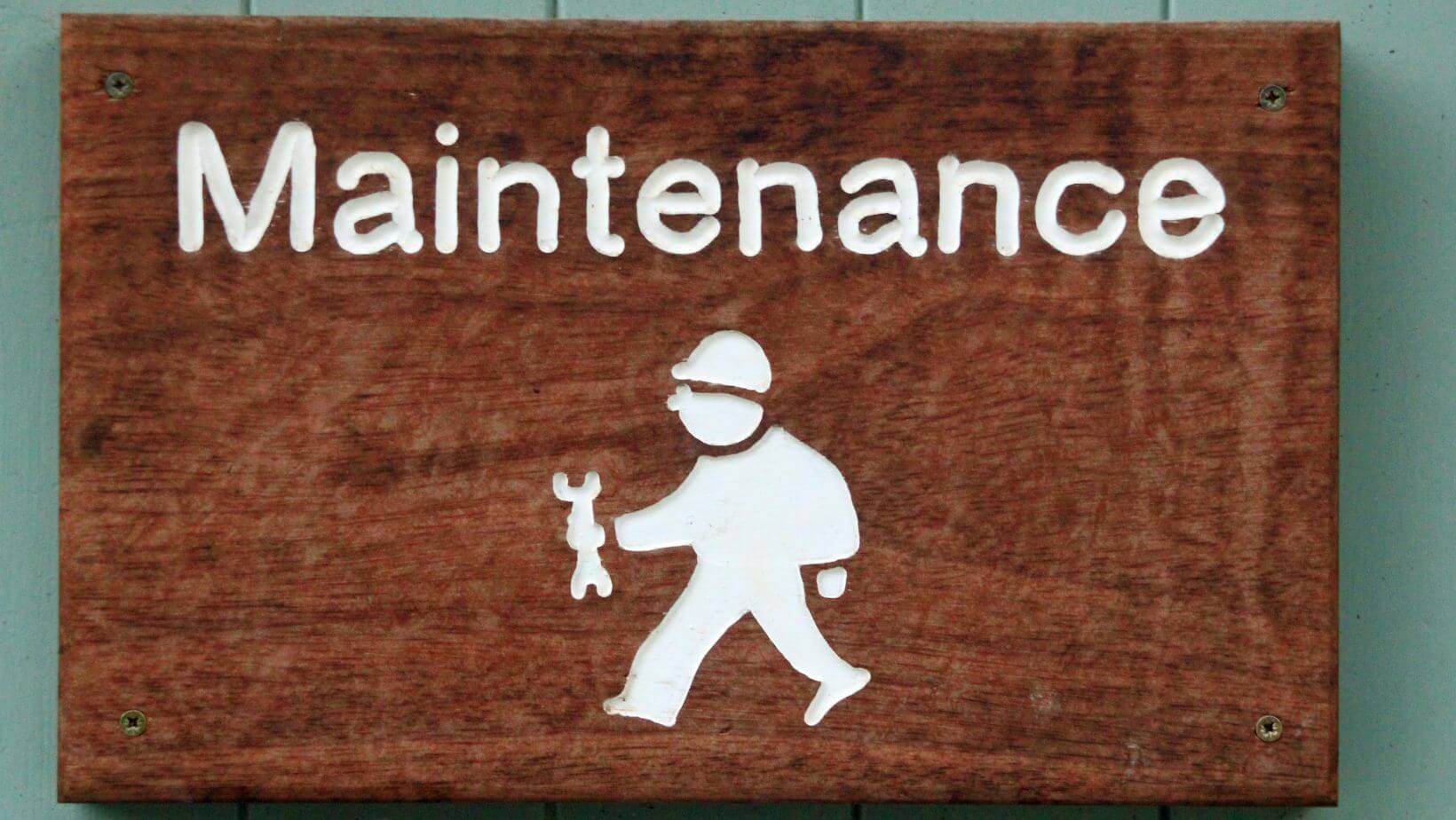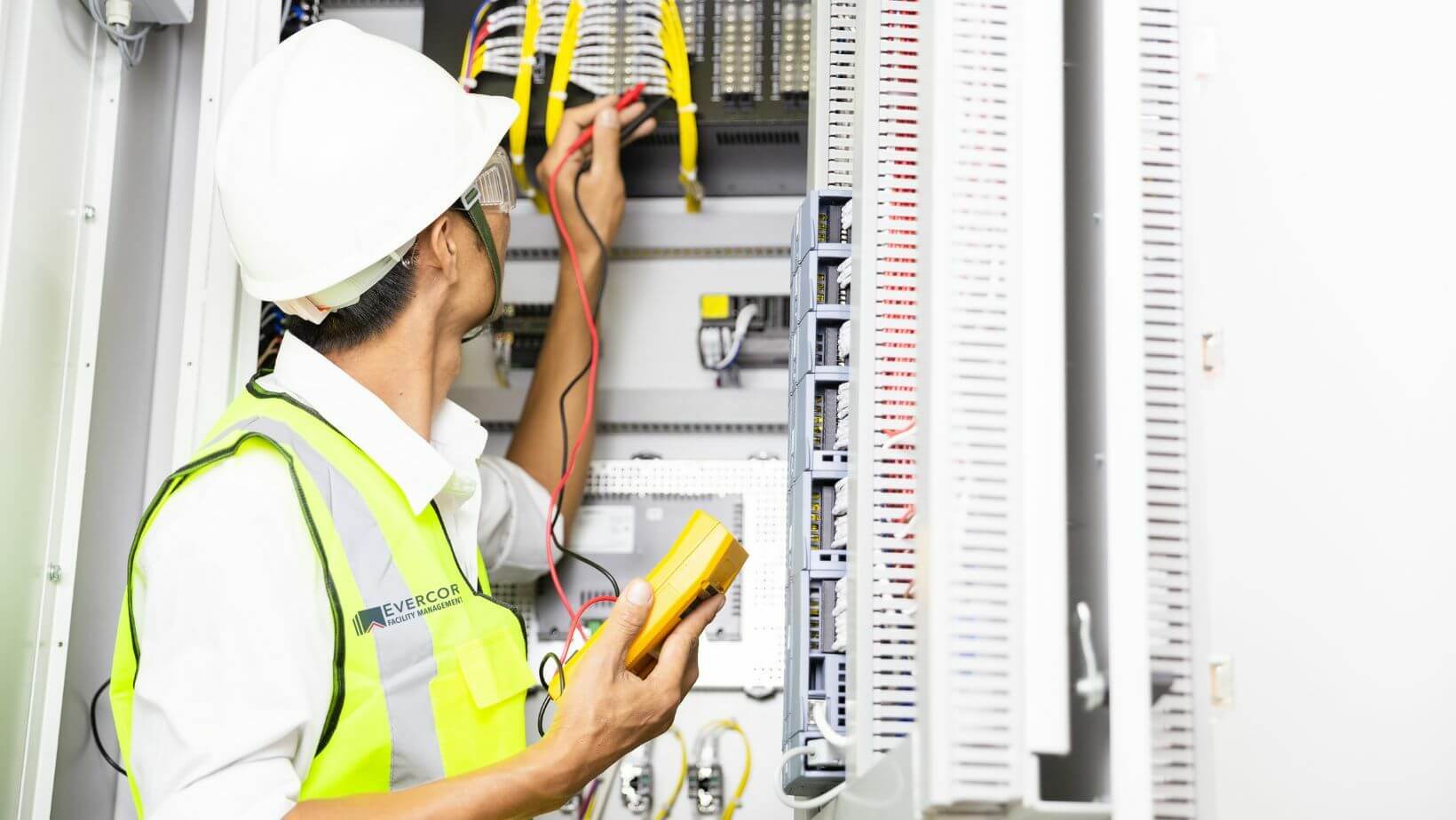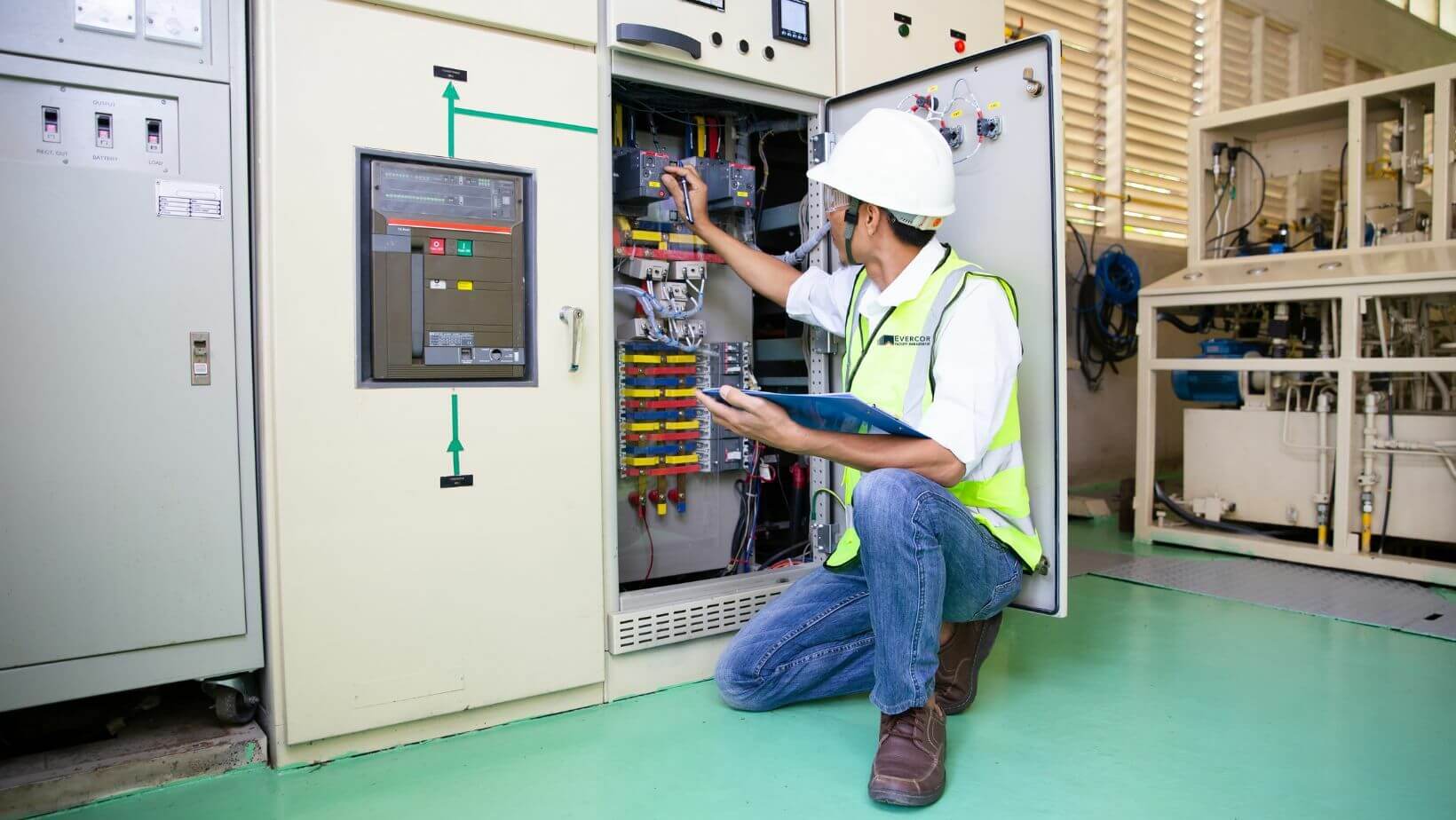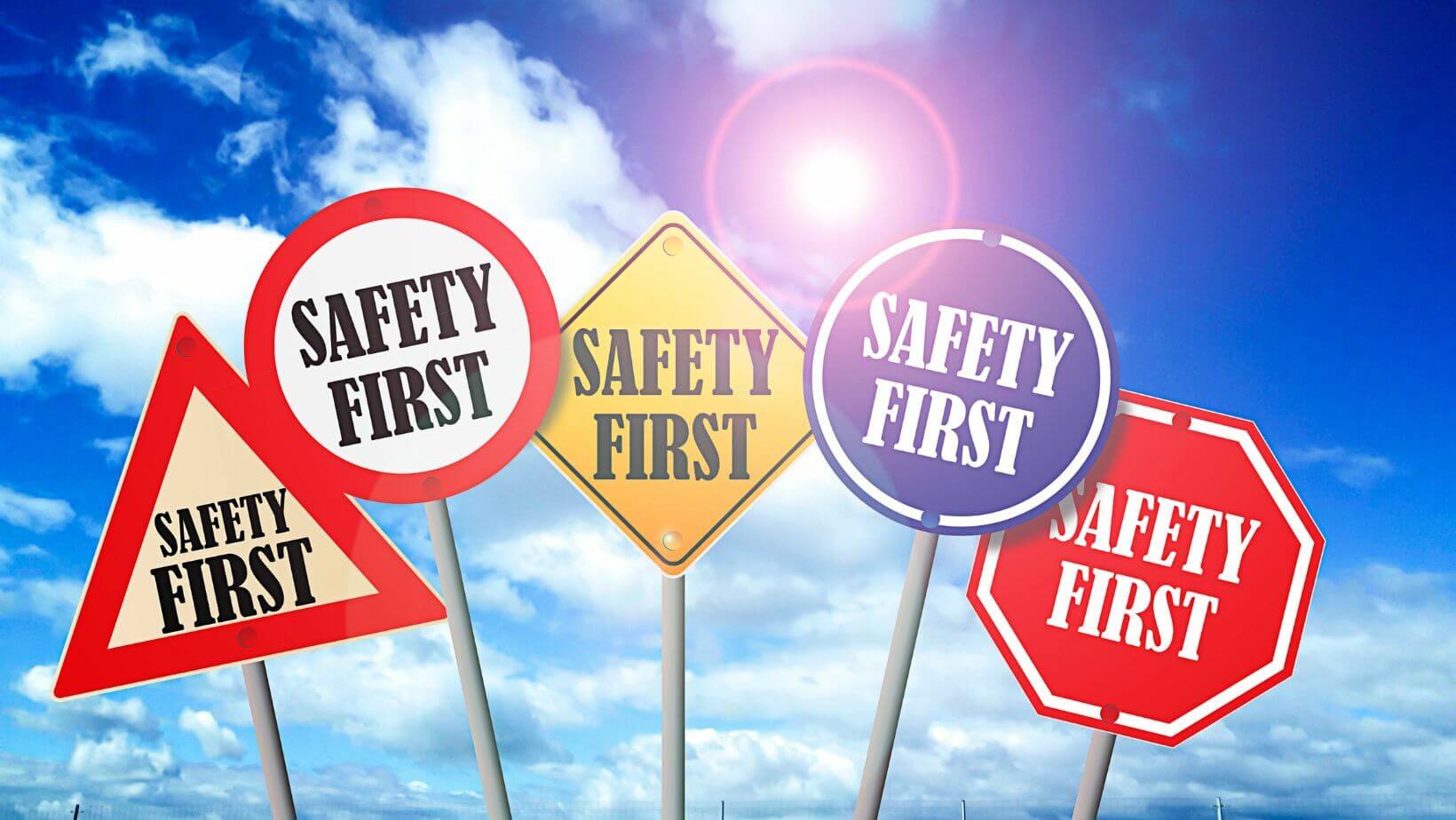 January 18th is National Maintenance Day and it is an opportunity for facility and property managers to ensure their building runs smoothly. Taking the time each year to perform regular maintenance tasks, such as inspecting and replacing worn-out equipment, cleaning air ducts and filters, checking electrical wiring and systems for safety hazards, and testing fire sprinklers, can help extend the life of your facility’s infrastructure and prevent costly repairs from unexpected problems.
January 18th is National Maintenance Day and it is an opportunity for facility and property managers to ensure their building runs smoothly. Taking the time each year to perform regular maintenance tasks, such as inspecting and replacing worn-out equipment, cleaning air ducts and filters, checking electrical wiring and systems for safety hazards, and testing fire sprinklers, can help extend the life of your facility’s infrastructure and prevent costly repairs from unexpected problems.
By taking a proactive approach to upkeep during National Maintenance Day – or any other day – you can dramatically reduce unplanned downtime caused by breakdowns in vital systems. Read on for tips about how to make sure your facility runs safely and efficiently at all times.
Regular Inspections & Maintenance Schedules
 Routine inspections and preventive maintenance are key components for running any facility smoothly. During inspections, it’s important to not only check for repairs that need to be made but also signs of potential problems that may arise in the near future.
Routine inspections and preventive maintenance are key components for running any facility smoothly. During inspections, it’s important to not only check for repairs that need to be made but also signs of potential problems that may arise in the near future.
This includes checking equipment for wear and tear, inspecting fire safety systems, conveyor systems, testing air quality and HVAC systems, and verifying that all electrical wiring is up-to-code. Having written schedules that detail when each piece of equipment should be inspected will help ensure that nothing falls through the cracks in your maintenance plan.
Know Your Equipment
 The more familiar you are with the equipment and systems in your facility, the better able you’ll be to diagnose any problems that may arise. Spend time getting acquainted with how all your equipment works so you can identify when something isn’t working properly (or as efficiently as possible), or if there are any potential hazards such as loose wires or clogged filters. Knowing what needs regular attention will help you create an effective preventive maintenance schedule and save time when something goes wrong since you can troubleshoot more quickly.
The more familiar you are with the equipment and systems in your facility, the better able you’ll be to diagnose any problems that may arise. Spend time getting acquainted with how all your equipment works so you can identify when something isn’t working properly (or as efficiently as possible), or if there are any potential hazards such as loose wires or clogged filters. Knowing what needs regular attention will help you create an effective preventive maintenance schedule and save time when something goes wrong since you can troubleshoot more quickly.
Safety First
 It’s always important to keep safety top-of-mind when it comes to building maintenance because even small issues can have serious consequences if left unchecked. Make sure all exits are clear from debris or obstructions; check alarm systems regularly; keep emergency supplies on hand; inspect ladders, scaffolding, and other elevated workspaces; clean carpets often; dispose of hazardous materials safely, and maintain proper lighting throughout the facility so employees can see clearly where they’re going at night (and during power outages). In addition to keeping everyone safe, many safety protocols are also required by OSHA regulations so being aware of these guidelines helps ensure compliance with state laws as well.
It’s always important to keep safety top-of-mind when it comes to building maintenance because even small issues can have serious consequences if left unchecked. Make sure all exits are clear from debris or obstructions; check alarm systems regularly; keep emergency supplies on hand; inspect ladders, scaffolding, and other elevated workspaces; clean carpets often; dispose of hazardous materials safely, and maintain proper lighting throughout the facility so employees can see clearly where they’re going at night (and during power outages). In addition to keeping everyone safe, many safety protocols are also required by OSHA regulations so being aware of these guidelines helps ensure compliance with state laws as well.